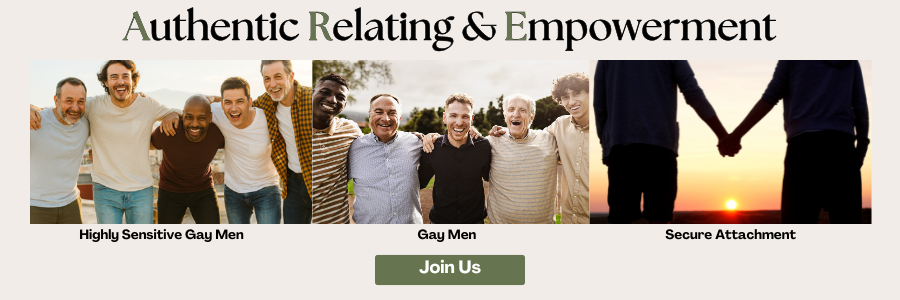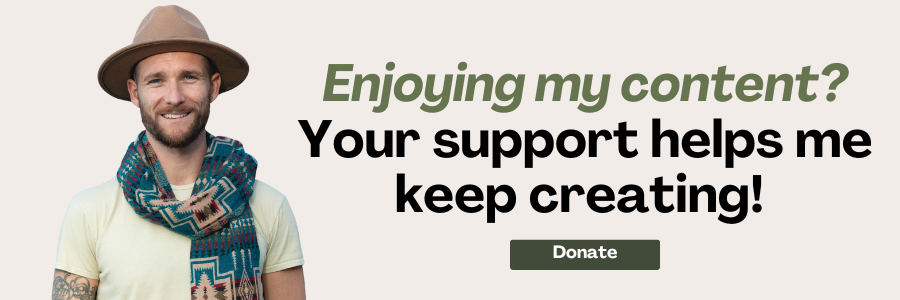This topic was actually inspired by a question from a weekly reader of my newsletter.
Here is what she reached out to ask me:
“I find it difficult to recognize if a need is relational or it needs to be fulfilled by me. Because we are so bound by systems, geography, societal understanding, and family – it seems possible only if you escape and find a cocoon of like-minded people or your tribe. Is there a way to recognize what is relational and what is mine? What I do currently is assume it all to be mine (hyper independence) or then swing to naming it all on the other person (dependence).”
I also struggle with this same issue and find the area to be really grey.
So, I decided to contemplate this all week and share my insights with you.
Let’s start by breaking down what hyper-independence and codependence are…

Hyper-independence
When we become an island, and attempt to not have to rely on anyone, we may try to meet all our needs on our own and become isolated and lonely. This is often a trauma response to unmet needs in childhood. Our caregivers may have been neglectful, unreliable, or inconsistent, and we developed a core belief that people are unreliable and we need to do everything for ourselves.

Codependence
When we heavily rely on others to meet our needs for us. Codependency tries to convince you that your self-worth is within your relationships and not within you. You may find you abandon yourself and outsource your power to other people. People who are codependent often have a lack of self-worth and self-trust. Being overly dependent on people can lead to a lot of anxiety, preoccupation, and desperation, and we may become needy and push people away as a result.
These ways of relating to our needs are polarized. The goal when healing this polarization is to move towards interdependence. We are not an island unto ourselves, but we are also not going to drown if someone isn’t there for us – we need balance.

Interdependence
When we have the ability to know that we are worthy of having our needs met, we can trust that others will be reliable when we reach out for support. Someone who is interdependent is good at self-regulation (reaching within) and coregulation (reaching out).
It is important to note that we learn self-regulation through coregulation as children. If we didn’t have positive attachment experiences with our caregivers growing up, we will likely struggle to regulate our emotions. Healing these attachment injuries (caused by unmet needs) requires us to have reparative experiences of coregulation within a safe and trusting relationship so we can develop the ability to regulate our nervous system.
Where this can become problematic, and we may become “needy” or codependent is when we become dependent on someone to soothe our nervous system for us, and we cannot individuate and do this ourselves. This is why it is important to learn to self-regulate for less intense needs and develop that muscle of self-regulation so that when more intense needs come along, you don’t get knocked out of your power if they cannot be met by someone else. We don’t want to be heavily reliant on someone to regulate us, and we don’t want to become an island and not have our need for connection and belonging met. Balance is key in this relational dance.
Now for the million-dollar question…
How to know if a need is relational or should be fulfilled by you?
The answer is…
It depends.
Because this area is so grey, it will depend on many factors such as context, previous relationship history, relationship agreement, intention, core beliefs about needs, etc. These all play a huge role in discerning whether the need should be relational or personal.
To help you discern, I put together a 7-step process that you can guide yourself through to develop stronger awareness. I am a firm believer that awareness and presence are the two most important things when it comes to understanding and discerning to gain greater clarity about your needs.
My 7-step process to gain more clarity about your needs:
1. Learn your attachment style
This will give you greater insight into what relational patterns you play out regarding your needs: hyper-independent (avoidant), codependent (anxious), or both (disorganized).
2. Ask yourself
“Am I feeling hyper-independent or codependent right now?” – Shine the light of awareness on yourself to interrupt the automatic patterns you might subconsciously play out
3. Remind yourself
My needs matter and are worthy of being met
I am capable of meeting some of my own needs
People can be reliable if I give them a chance
This is all about trust – trust in yourself and trust in others – you are capable of trusting, even if your childhood experiences taught you differently
I am capable of being vulnerable to get my needs met
4. Ask yourself
“Is this need request coming from a place of fear or love?”
Meeting needs from a place of love won’t bring up rumination, whereas fear and scarcity will. If you are ruminating, you are likely in fear, and it is important to own that fear rather than project it into the relationship.
5. Ask yourself
“What would it feel like to meet this need myself? What would it feel like for someone else to meet this need with me?”
Reminder: people do not meet our needs for us (codependence) they meet our needs with us (interdependence) – it is an act of reciprocity where we share equally in the responsibility to give and receive from one another
Ask yourself: “Is my hyper-independence coming from a place of not feeling worthy of receiving love? Not feeling safe to rely on someone because then they have control over how I feel?”
Ask yourself: “Is my codependence coming from a place of feeling inadequate and outsourcing my authority to someone else? Am I giving away my power by trying to find self-worth in my relationship and not within myself?”
6. Take action
If the rumination won’t stop, it’s best to reach out for connection regarding your unmet needs (regardless of being in fear or love) – sometimes, we have to be discerning as to who we reach out to and how frequently we reach out to one person.
7. Diversify your “who meets my needs” portfolio and practice social mobility
Relying too heavily on one person is likely going to put a strain on the relationship and eventually lead to your needs going unmet anyway. As part of the healing process, I also recommend having different supports in place and not putting all your eggs in one basket. This will allow you to practice social mobility – an important skill for people who tend to exhibit more security in their attachment.
Here is more tangible information you can use to discern the difference between relational and personal needs:
Relational needs: needs we meet with others
*These are needs that are best met in the context of relationships, where shared emotional and social support helps meet them.
1. Emotional Support: Receiving empathy, comfort, and validation, especially during challenging times.
2. Connection: Feeling seen, heard, and understood; having a sense of belonging.
3. Affection: Both physical (hugs, kisses) and verbal (kind words, compliments).
4. Encouragement: Receiving motivation and support toward personal or shared goals.
5. Trust and Safety: Knowing the other person is reliable, safe, and has your back.
6. Conflict Resolution: Having the ability to address issues with open communication and mutual respect.
7. Shared Experiences: Bonding through meaningful activities or rituals together.
8. Intimacy: Emotional, physical, and intellectual closeness that builds a unique connection.
9. Appreciation: Feeling valued and acknowledged for who you are and what you bring to the relationship.
10. Reciprocity: A balance in giving and receiving within the relationship, creating a healthy mutual exchange.
Personal needs: needs you meet with yourself
*These are needs we can work on fulfilling independently to maintain a strong sense of self and prevent dependence on others for inner stability.
1. Self-Worth: Building an intrinsic sense of value rather than relying on external validation.
2. Self-Soothing: Developing coping mechanisms for managing stress, sadness, or frustration without always needing outside comfort.
3. Sense of Purpose: Finding meaning through personal goals, hobbies, and values.
4. Self-Care: Meeting physical needs for rest, nutrition, and wellness on your own.
5. Self-Confidence: Cultivating a belief in your abilities without depending on constant encouragement.
6. Personal Boundaries: Knowing your limits and enforcing them to maintain personal integrity and well-being.
7. Independence: Being comfortable making decisions and solving problems independently.
8. Inner Peace: Developing resilience and emotional regulation, such as mindfulness or stress-reduction practices.
9. Growth and Self-Improvement: Seeking personal development and self-reflection.
10. Joy and Fulfillment: Finding activities or practices that bring you happiness outside of relationships.
Balancing these areas helps create fulfilling relationships while maintaining autonomy and emotional resilience.
My final thoughts
In romantic relationships, there is a fine line between personal and relational needs. One rule of thumb is to get clear about the intention behind why you are asking for the need to be met. Be clear about why you are making the need requests and from what place within you it is coming from (fear or love). Be honest with yourself and the other person about your intention, and then communicate directly from a place of ownership of your needs. If your needs are coming from fear or scarcity, own that, the relationship will be served by it in the end. This will give you an opportunity to practice being with your fear in connection with another person rather than manipulating the situation to avoid being vulnerable. The former approach gives an opportunity to heal and grow, and the latter approach will likely keep you stuck in cycles of outsourcing your power to others in unconscious ways.
A great reframe is to start thinking about your needs being met as a co-creative process. Simply reframing the way you view having your needs met by replacing meeting my needs “for” meeting my needs “with” me, can leave you feeling more empowered and in control of your own needs. You need to participate in getting your needs met; it’s a relational dance between two people. This dance can feel vulnerable, so I encourage you to practice embracing messy action (do it anyway, even if you think you won’t be good at it) and give yourself space to learn as you grow.
If you want to level up your relational intelligence, stop people-pleasing, or end cycles of hyper-independence or codependence, you may want to consider enrolling in one of my 9-week group coaching programs. These programs will take you from A-Z in healing these relational patterns that are disempowering you from getting your needs met.
If you’re ready to step into your power and thrive in your relationships, you can register for one of my upcoming offerings below.
Lift your cheekbones,
Matt




